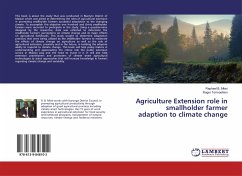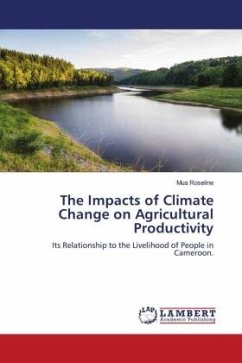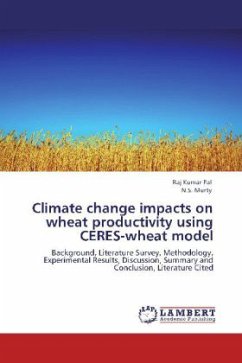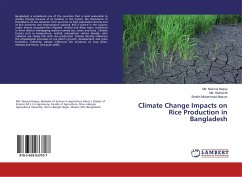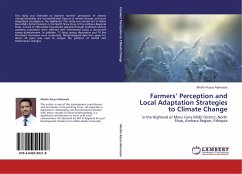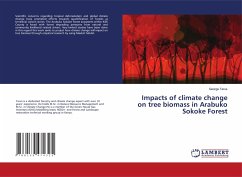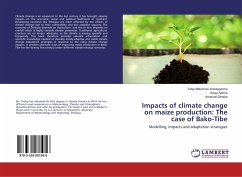
Climate change impacts and local adaption practices
investigation of climate change impacts and local adaption practices by rural households in dire woreda, borena zone
Herausgegeben: Abebe, Asamnew
Versandkostenfrei!
Versandfertig in 6-10 Tagen
32,99 €
inkl. MwSt.

PAYBACK Punkte
16 °P sammeln!
Local communities in the study area are already observing and experiencing the effects of climate change, as well as implementing adaptation practices. About 85% of sample respondents noted that the existence of reduced and erratic rainfall, increased drought frequency and elongation of hot season in a year. As a result, water shortage, range land degradation, gully erosion, prevalence and spread of human and livestock disease and death are observed, which made the environment and local community more vulnerable and less resilient to the climatic conditions. To ensure sustainable and community...
Local communities in the study area are already observing and experiencing the effects of climate change, as well as implementing adaptation practices. About 85% of sample respondents noted that the existence of reduced and erratic rainfall, increased drought frequency and elongation of hot season in a year. As a result, water shortage, range land degradation, gully erosion, prevalence and spread of human and livestock disease and death are observed, which made the environment and local community more vulnerable and less resilient to the climatic conditions. To ensure sustainable and community-led adaptation practices, practitioners should consider suggestions and recommendations given from communities that include infrastructure development, increasing awareness, strengthening early warning systems, access to employment opportunities and credit facilities, productive safety net program, and resettlement. Moreover, involvement of the community in decision making at all levels is vital.




